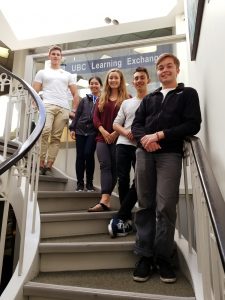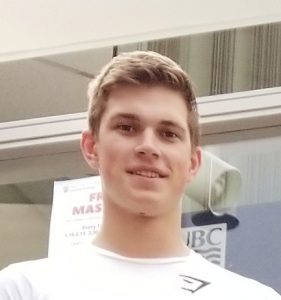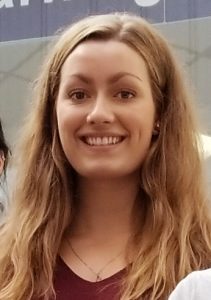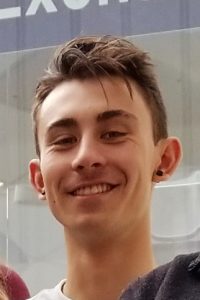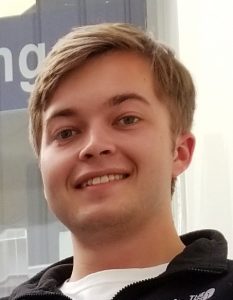
Image Source: Spencer Cain, LFS 350 group 21 member
What?
October 17th, marked arguably the most stressful day of the entire project, as we awaited the results from the city council meeting that was held with our community partner, Sole Food. By late afternoon on the 17th, we were excited upon hearing the good news that Sole Food had obtained the permit to the new location. We were anxious and eager to finally begin the project after planning for a good month and a half. To prepare for the filming portion, we created a storyboard that allowed us to compile ideas on the shots we would like to acquire for the film. The storyboard proved to be handy as it provided us with a platform to record our ideas before they escaped from us. Minor setbacks and issues with the development permit caused a slight delay, but the move officially began on November 8th. We visited the site for our first shoot on November 6th to capture the ‘before’ phase as well as some shots of the preparations in process. Over the next two weeks, our film and audio experts Spencer Cain and Andy Lang Wong, made numerous trips to the old and new farm to capture the ‘during’ phase, in addition to the interviews. The move was finally completed on November 21st, and despite the poor weather, we obtained the last shots we needed for our film.
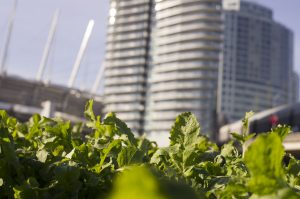
Image Source: Spencer Cain, LFS 350 group 21 member
So What?
The approval of the permit was the climax of our journey thus far. As the objective of our project was to document the first ever relocation of an urban farm, this event became the determining factor as to whether we would have a project to film and present. If things had not gone as planned, we would have needed to start anew and change our focus to documenting how the move had not come to be. We had acknowledged the uncertainty at the beginning of our project and consulted with Matt Johnstone for a back-up plan. Although we had a plan B prepared, we were all rooting and hoping for the approval of the relocation. The approval meant more to us than just having another project to submit for marks. It meant we were able to participate in a project in which its purpose is what captured our interests and stood out from the many other great projects that were offered at the beginning of the term.
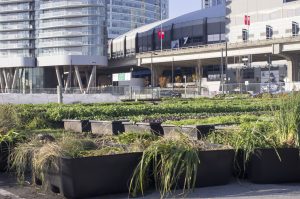
Image Source: Spencer Cain, LFS 350 group 21 member
The uncertainty does not end here. At the beginning, we were notified that if all goes as planned, the move should commence sometime early to mid-November, and completed at the latest on November 24th, when the lease to their current location terminates. This became a pressing concern as the move would occur near the end of our semester. If the move had lasted until the 24th, we would have had very little time to edit the video, as well as to develop an infographic for the presentation that will occur on November 29th. If the worst was to come, we believed making the deadlines would still be possible, but the quality of the final products may have been compromised. We have discussed this matter with our T.A. as well as our professor, and they were kind enough to allow a later submission. However, despite the leniency of the due date, the timeline remains an issue as our project is pushed back later into the term. November is a hectic month for many of us students, as the end of the semester draws near, so do the many projects and assignments we may have in our other courses. Although the pressure of managing multiple projects and assignments at a time should be no foreign experience for many students, the consequences this time is different in which it affects not only ourselves but our community partner as well.

Image Source: Spencer Cain, LFS 350 group 21 member
Now What?
Now that we have acquired all our raw footage and data, all that remains at this point in our journey, is to process our findings to present to the public and bring closure to the project. Editing of the film is already underway, and a draft of our infographic has been completed and submitted to be reviewed for possible improvements. As the deadlines draw near, we used the “divide and conquer” technique to overcome the time constraints while maximizing the quality of our final products. We believe this would be the optimal approach to produce the best results by assigning responsibilities based on each members’ strengths. However, one consequence of using the “divide and conquer” technique is the lack of coherency. Communication here is key to unify all concepts and ideas throughout the three representations that we will be producing.
“Uncertainty”, probably the one word that has come up the most often in this course, has been a prominent theme/emotion we have encountered in this project. Staying positive and embracing uncertainty has been the driving force that pulled us through this far into our journey. Although many of us dislike the slightest of uncertainty in our lives, it is definitely one thing that will always be present. This course and this project has provided us a snapshot at what we may face in our future, whether that may be in our personal lives or in our careers. We must now take what we have learned and continue embracing the uncertainties that has yet to come such as technological issues (knock on wood), and watch as our project come to completion.
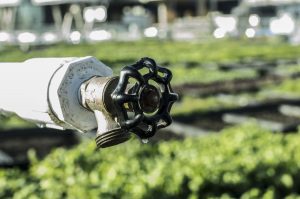
Image Source: Spencer Cain, LFS 350 group 21 member
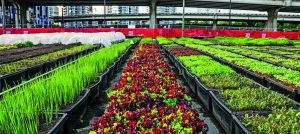
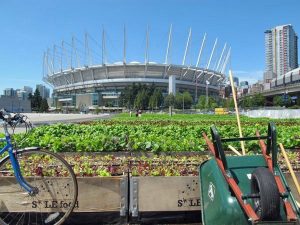
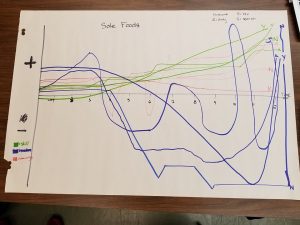

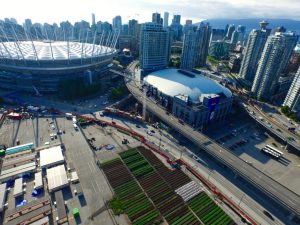
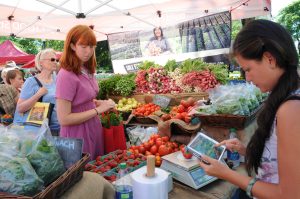 Retrieved from: solefoodfarms.com, Oct. 18, 2017.
Retrieved from: solefoodfarms.com, Oct. 18, 2017.
